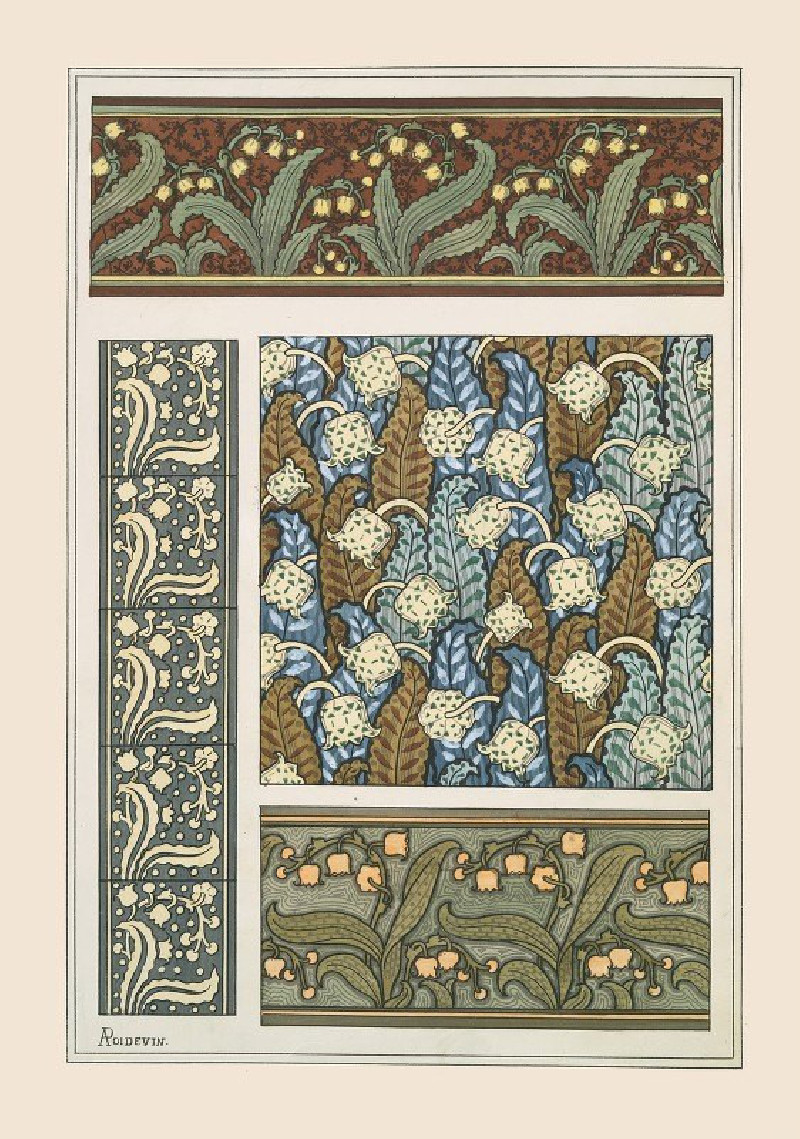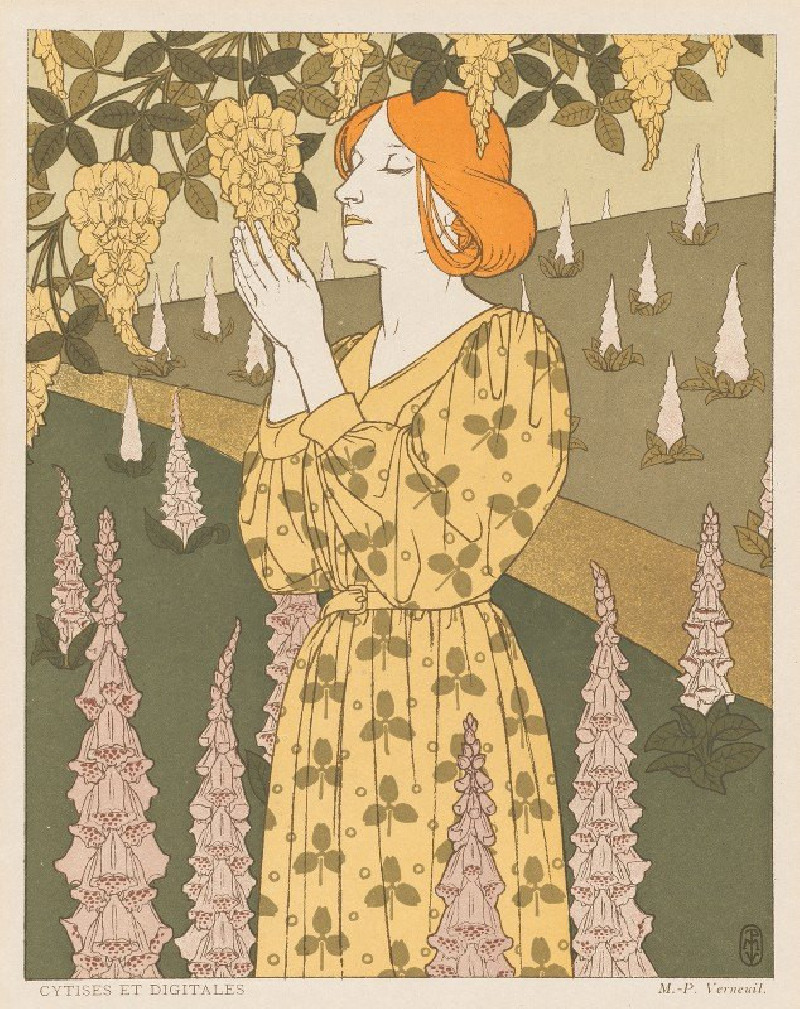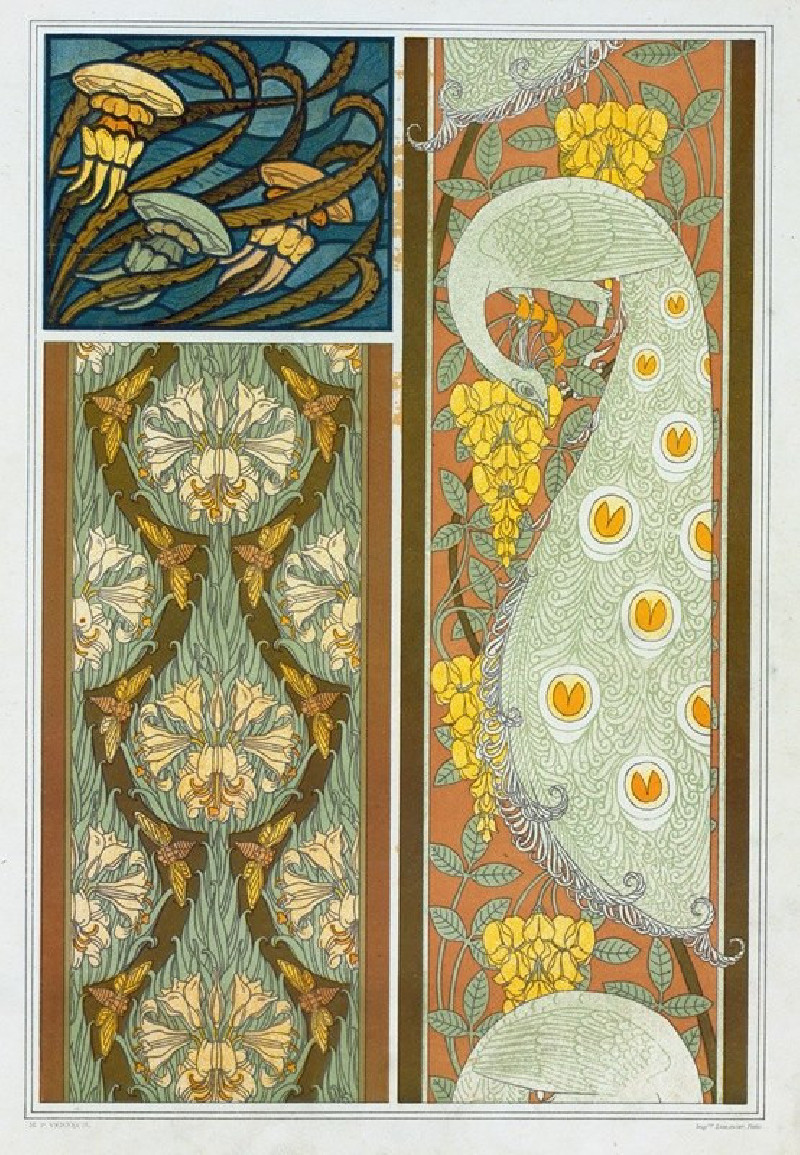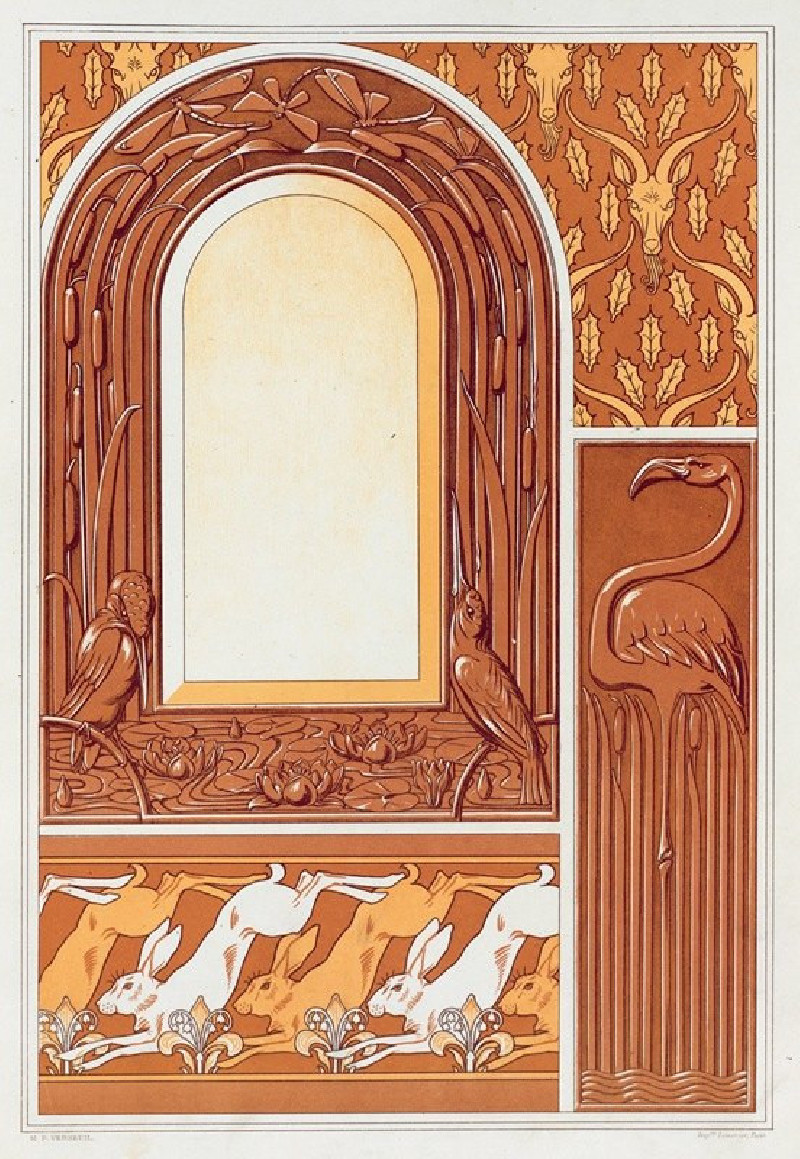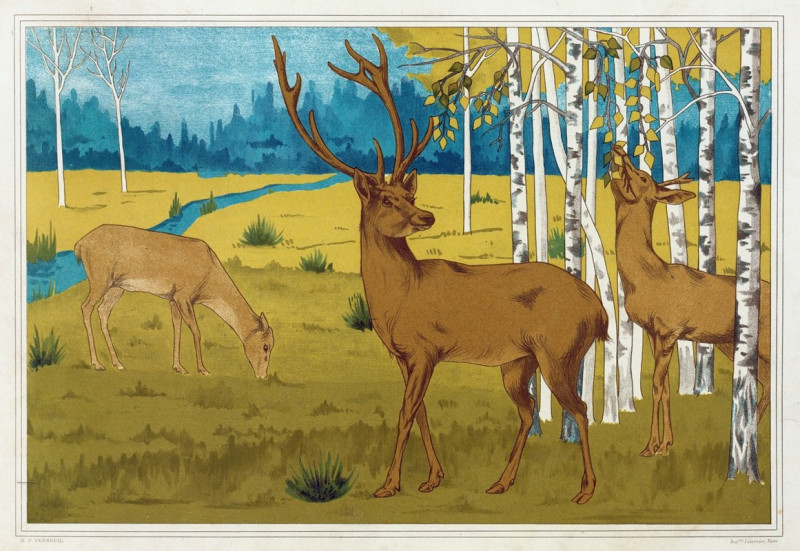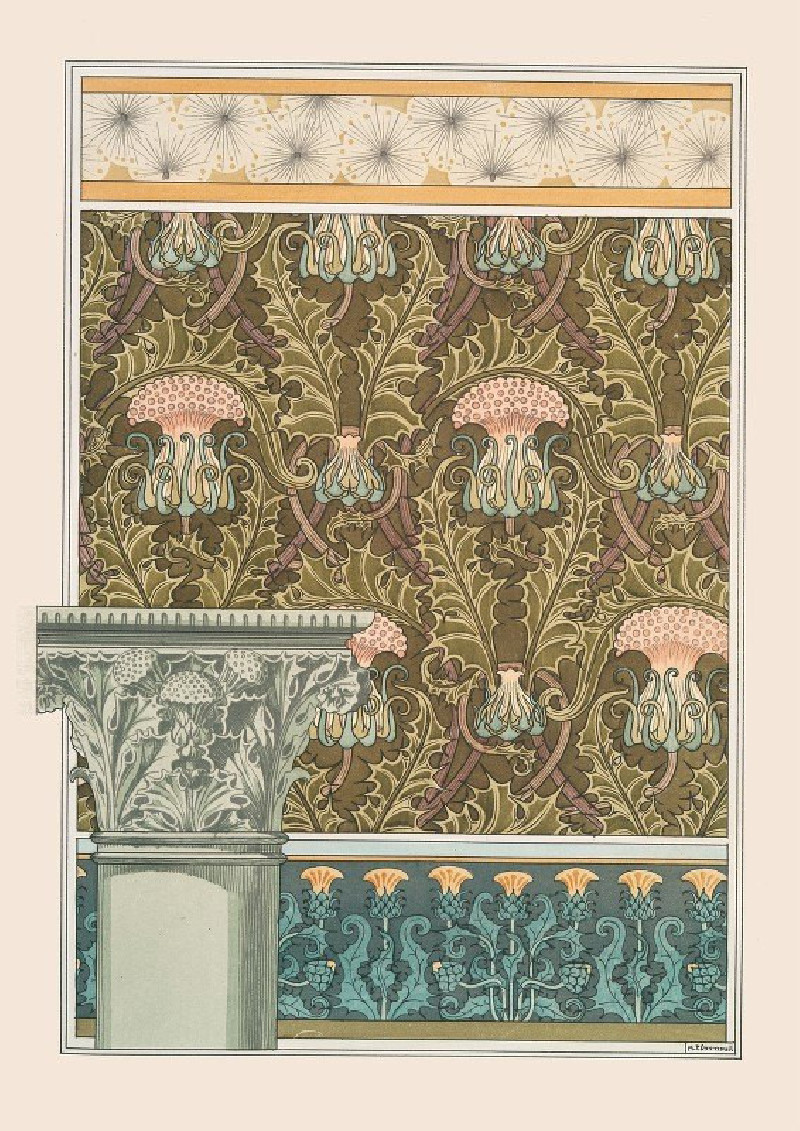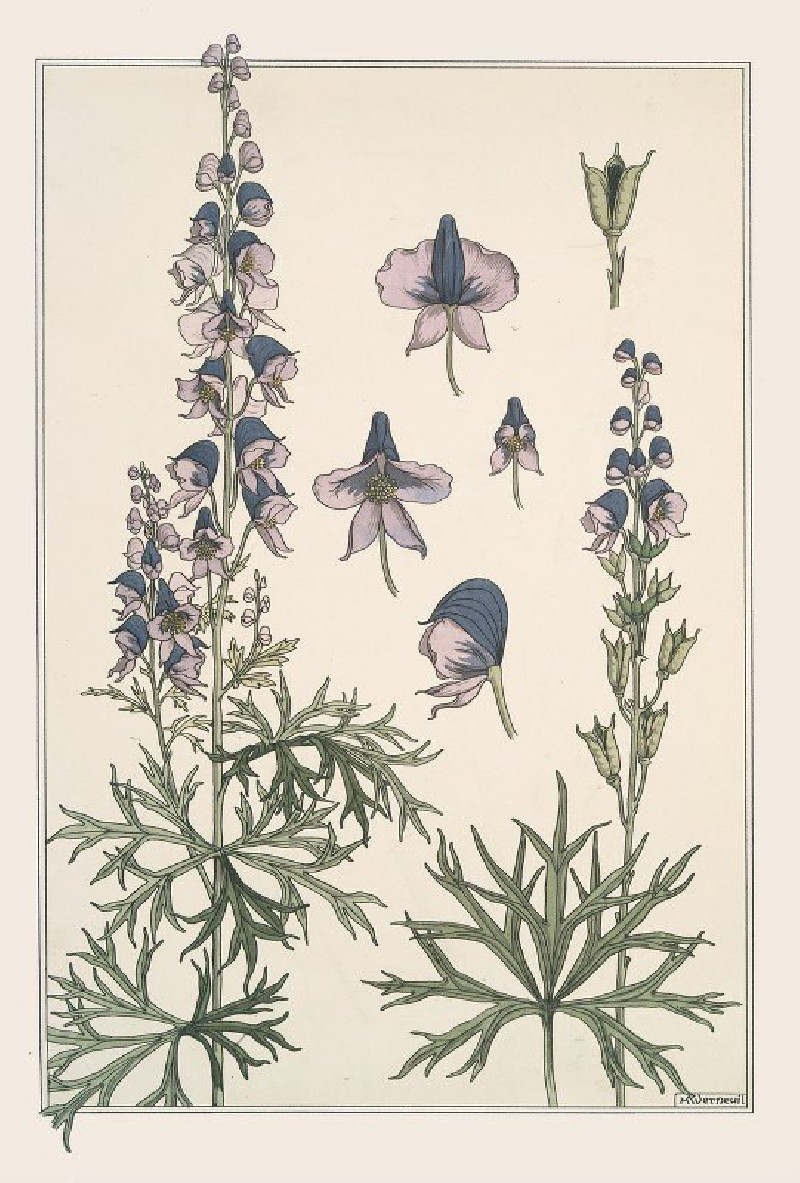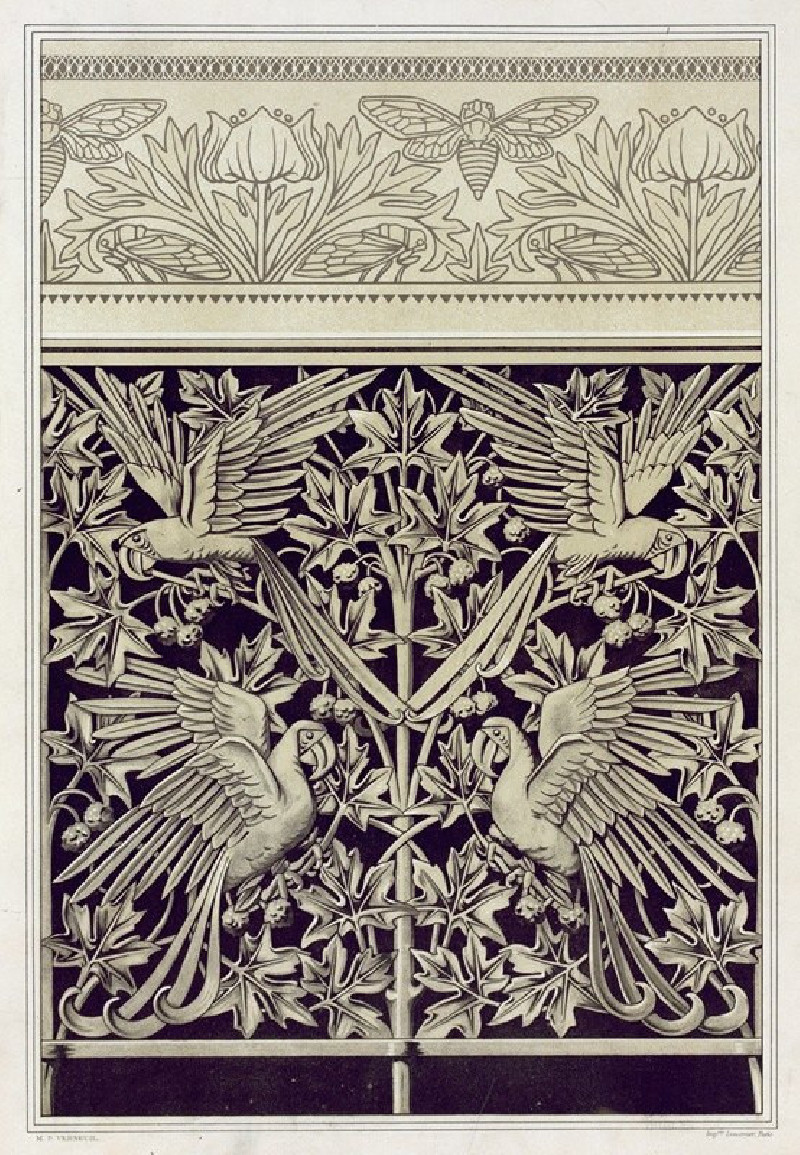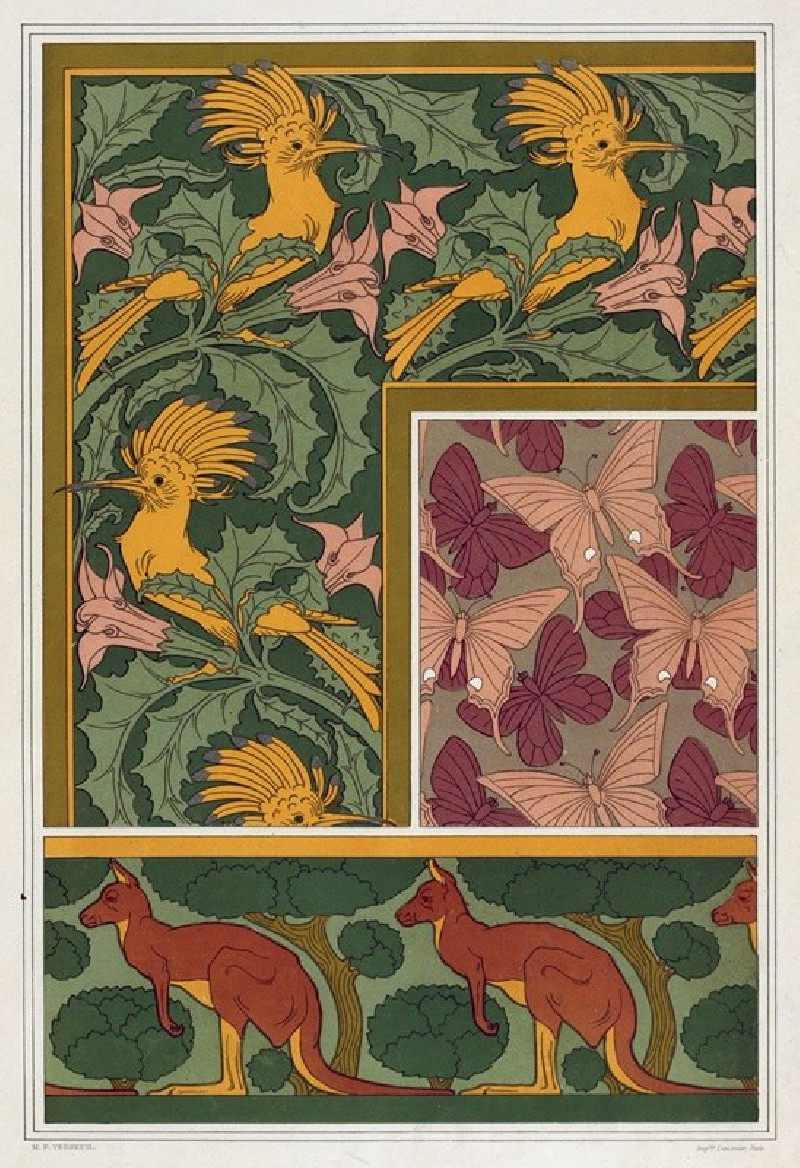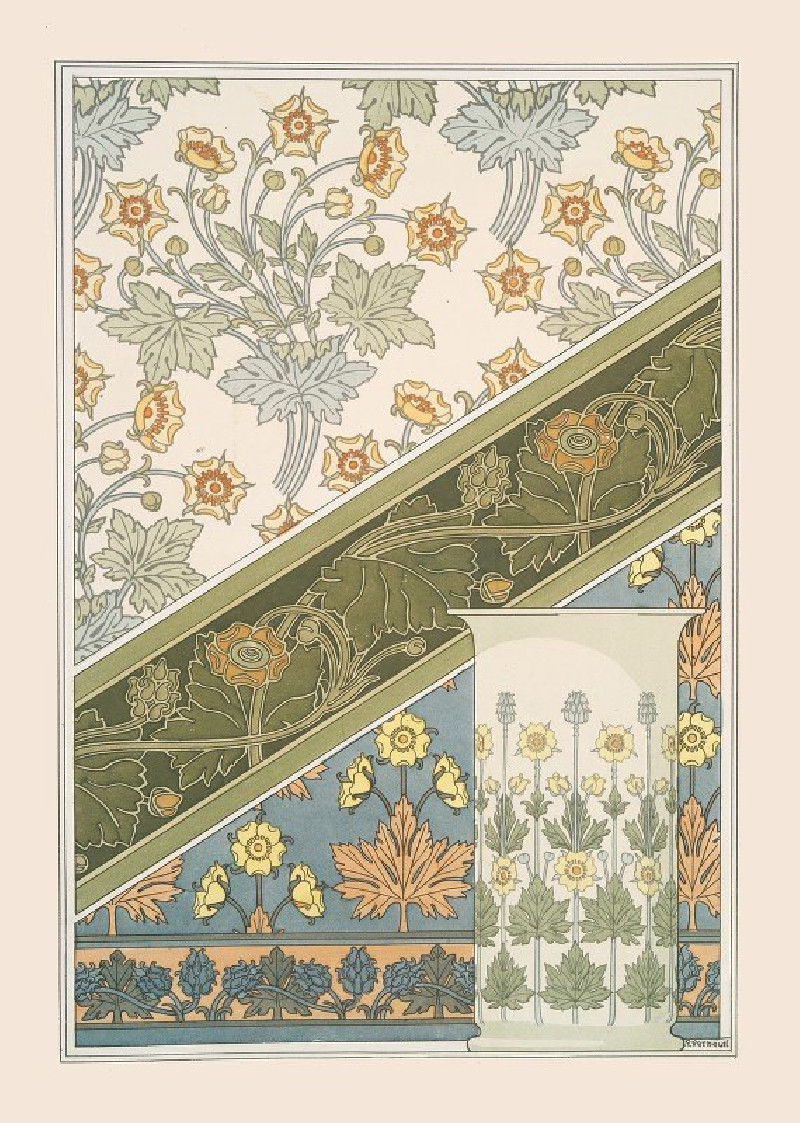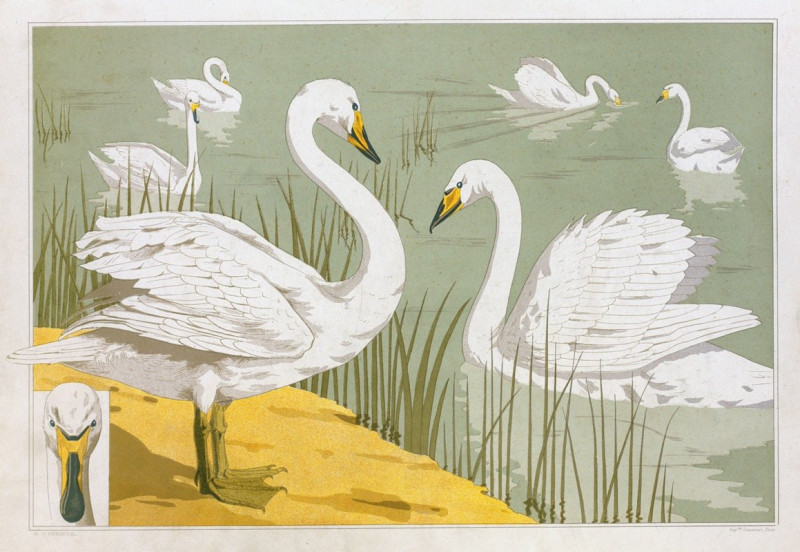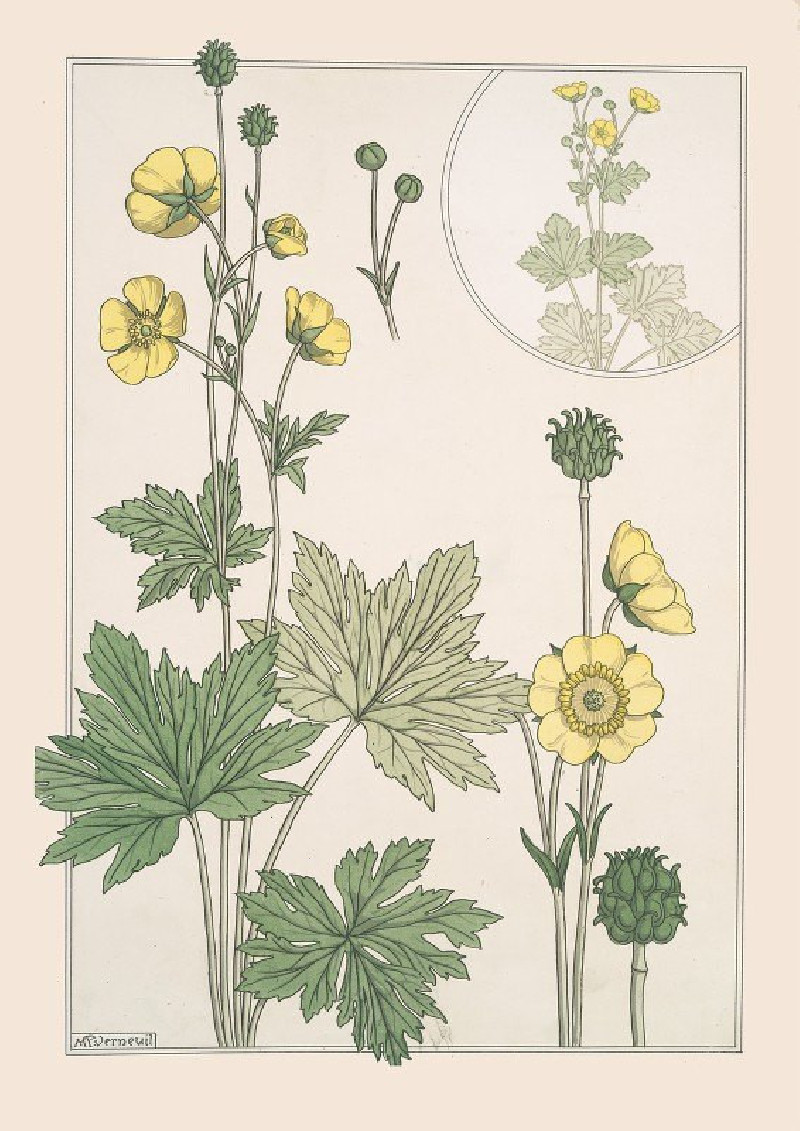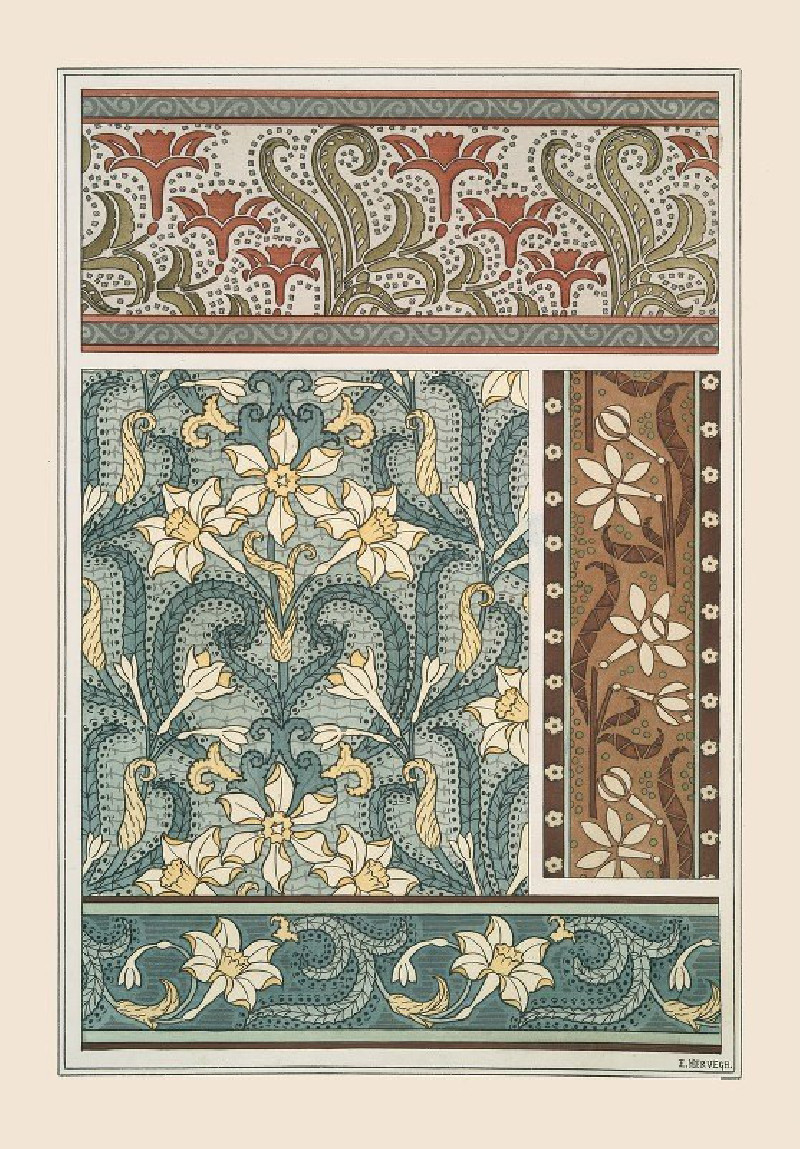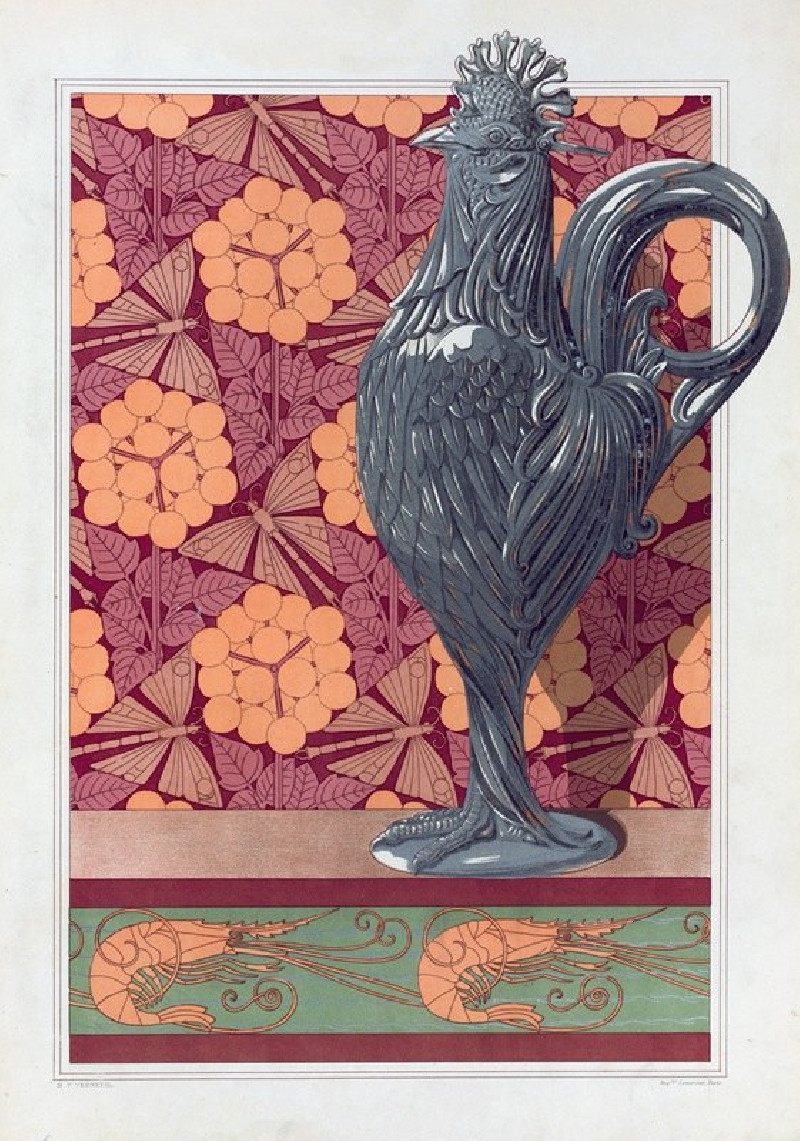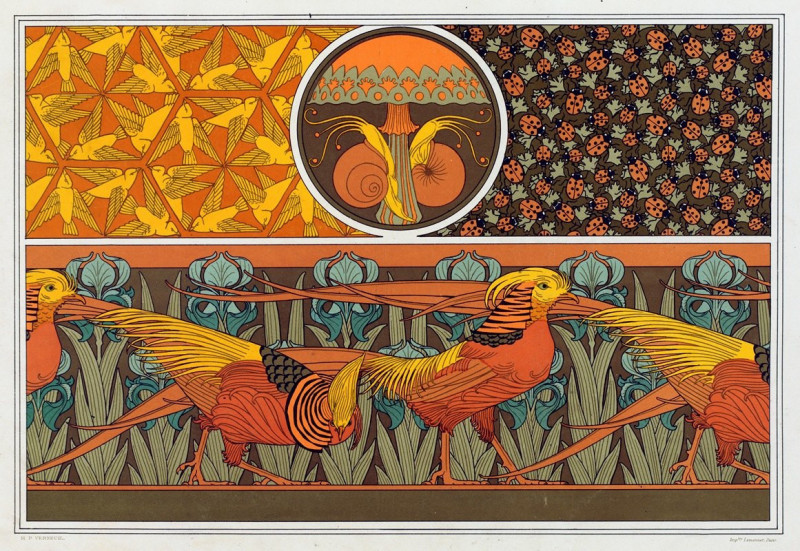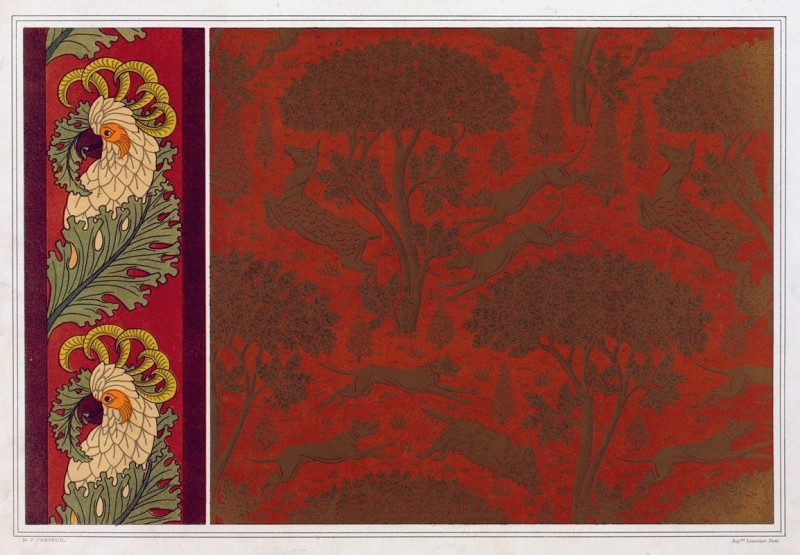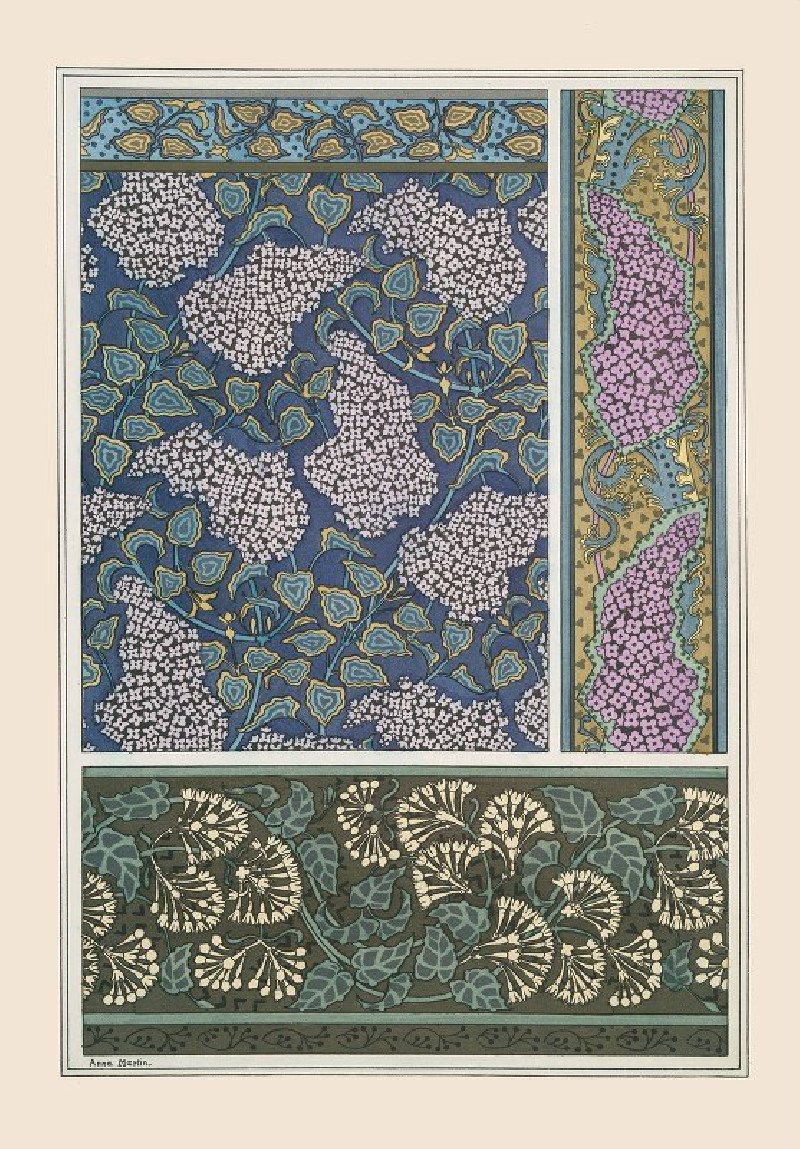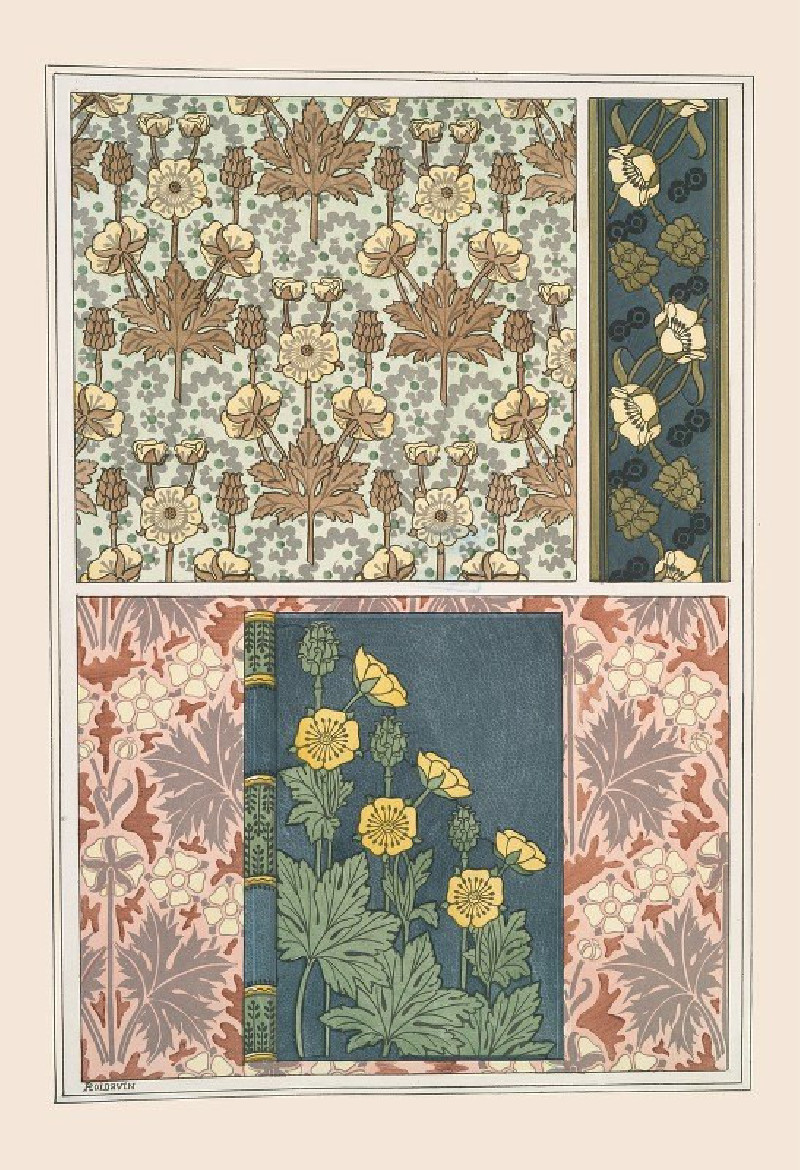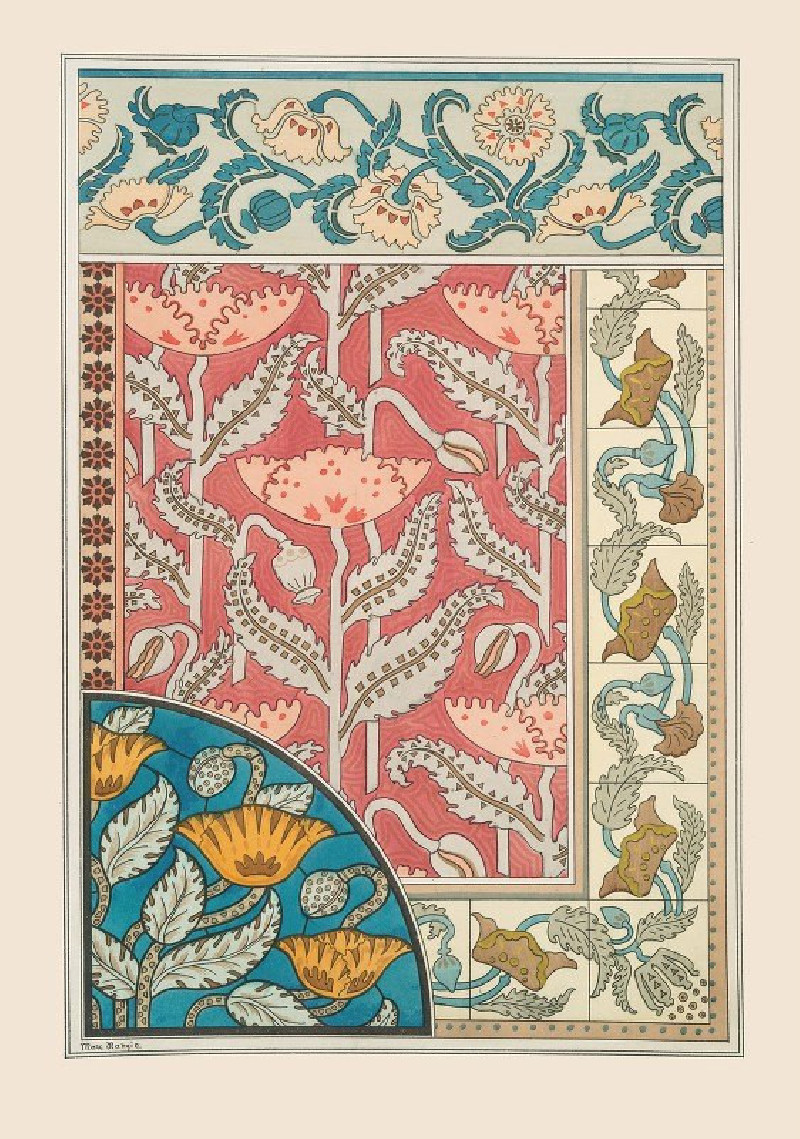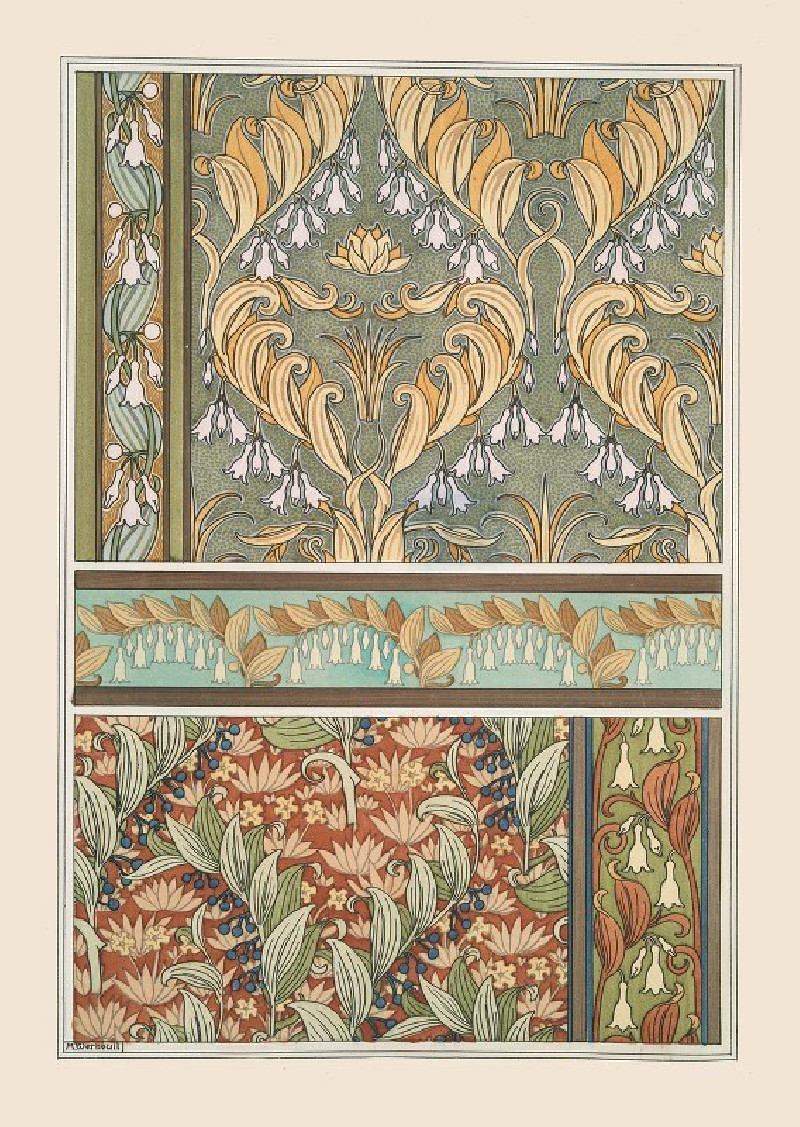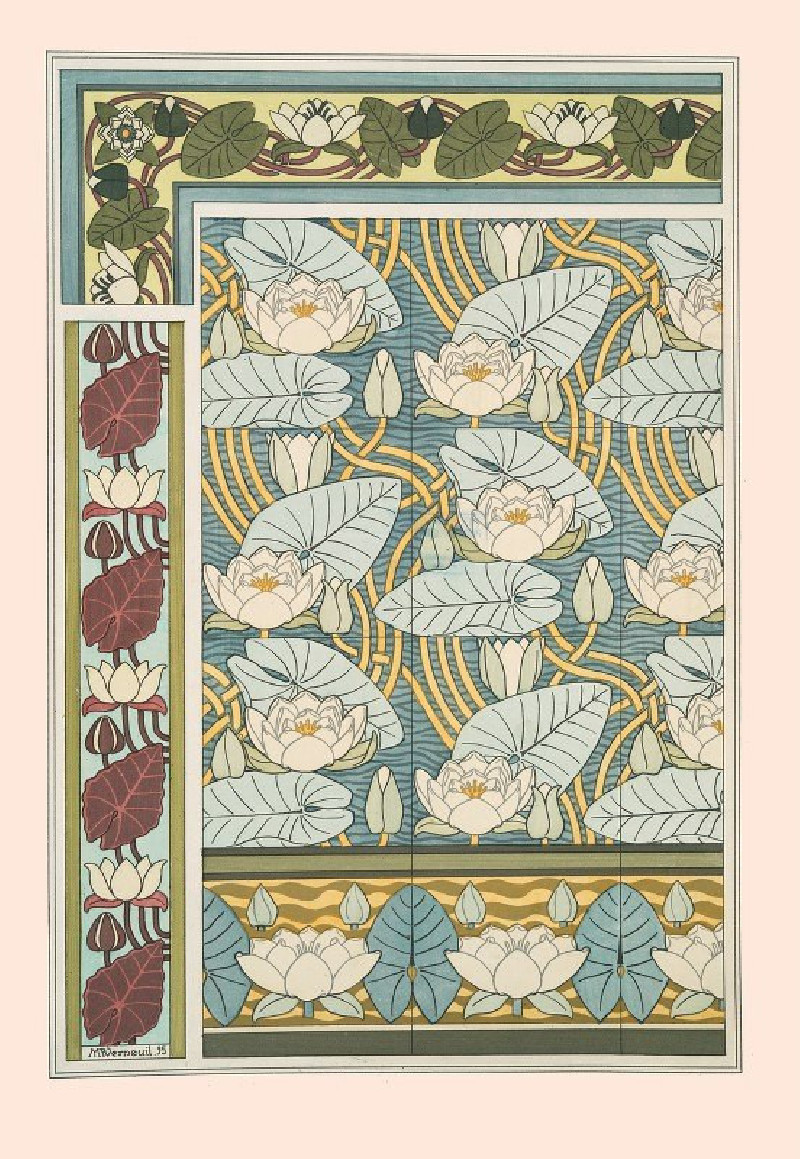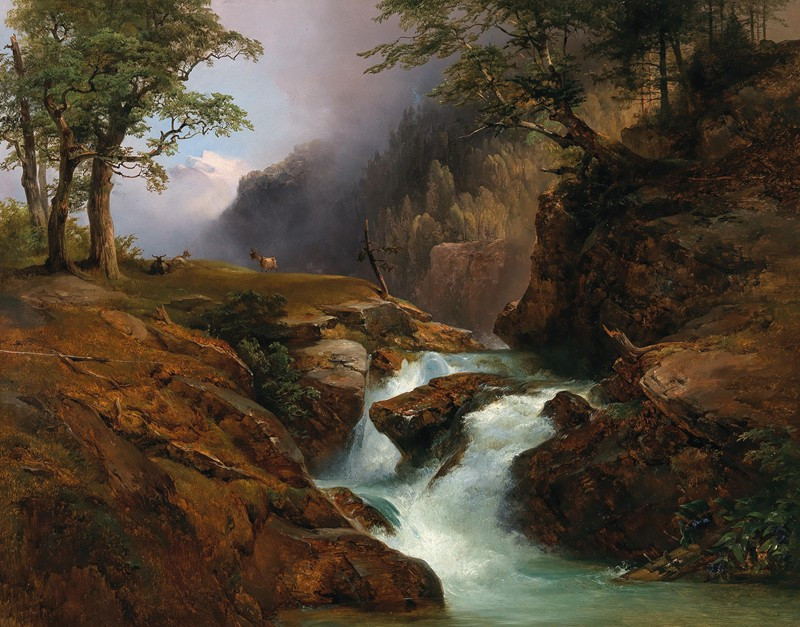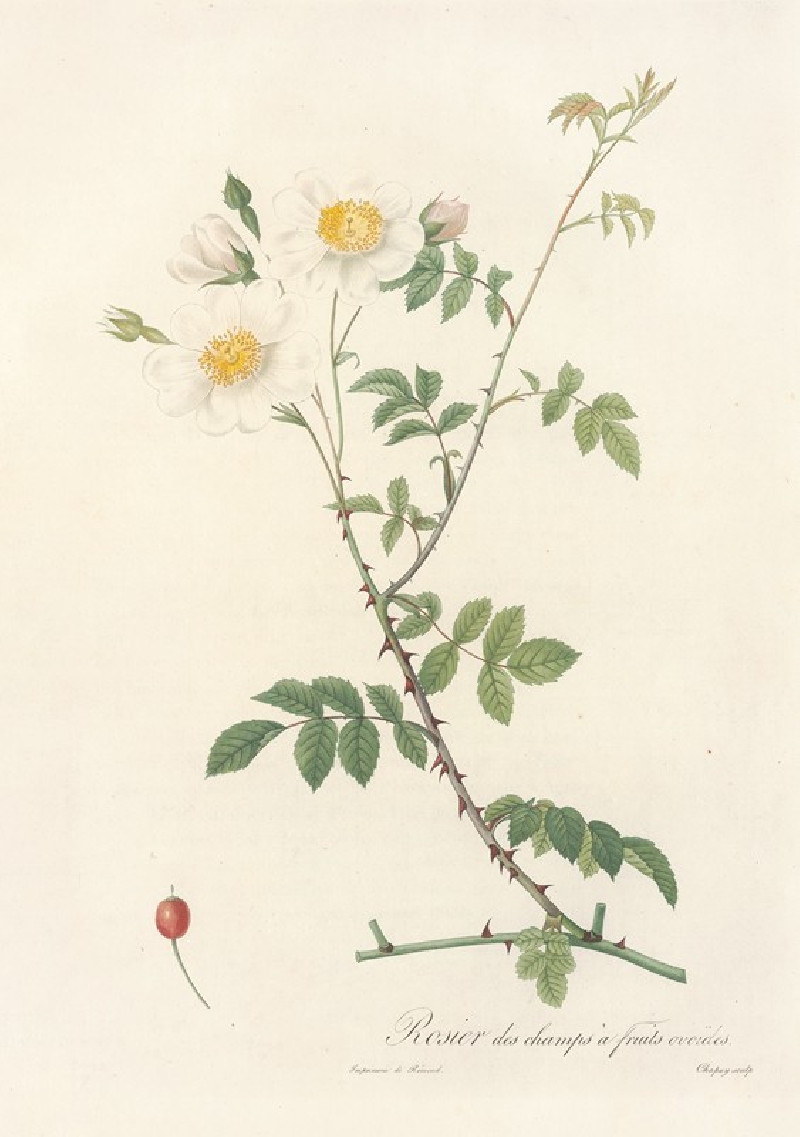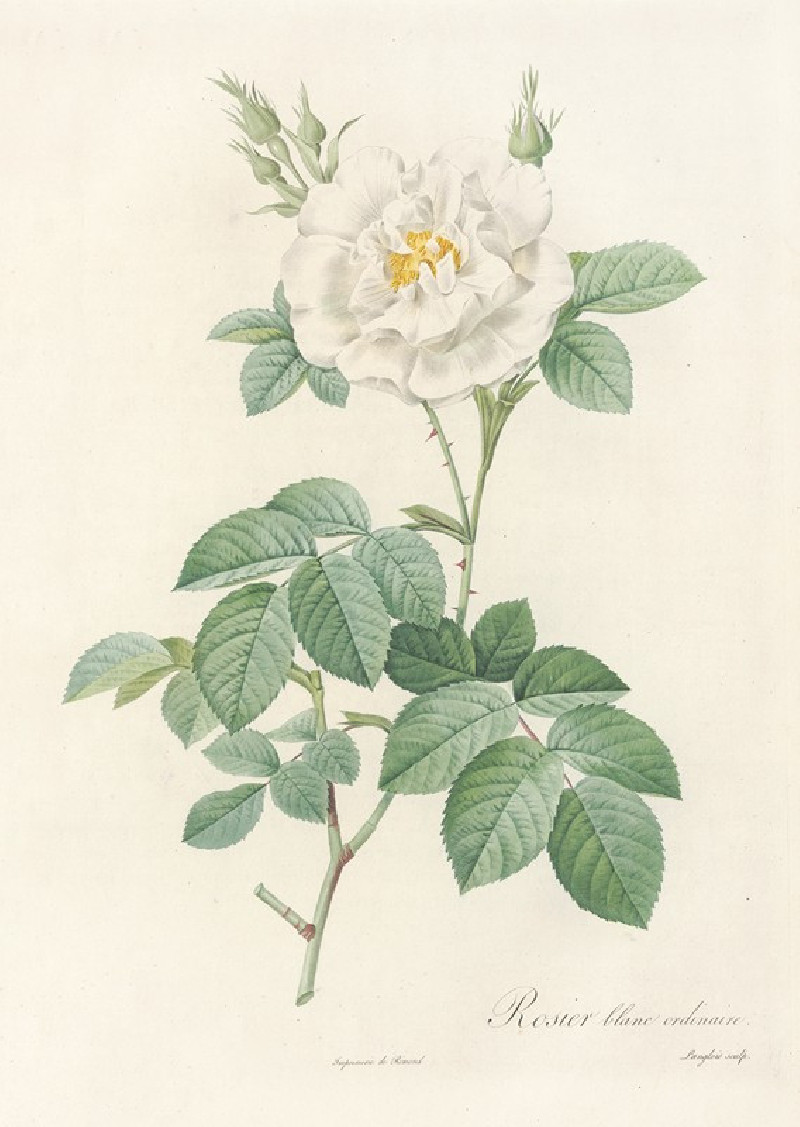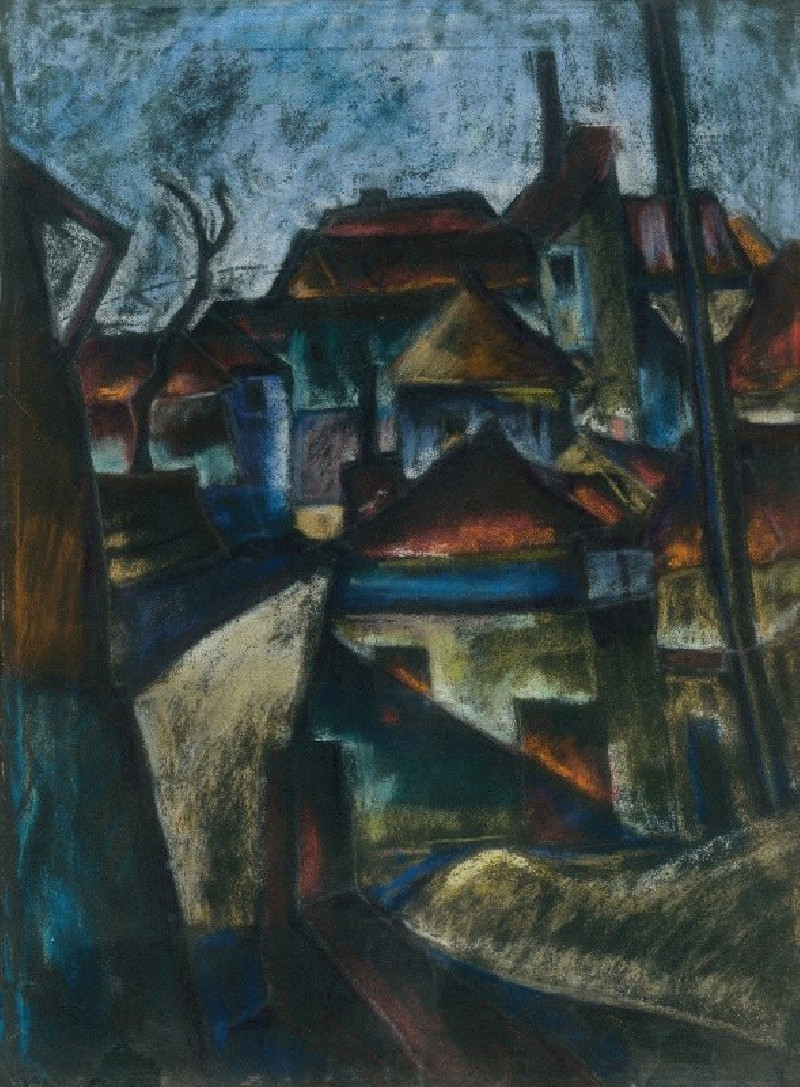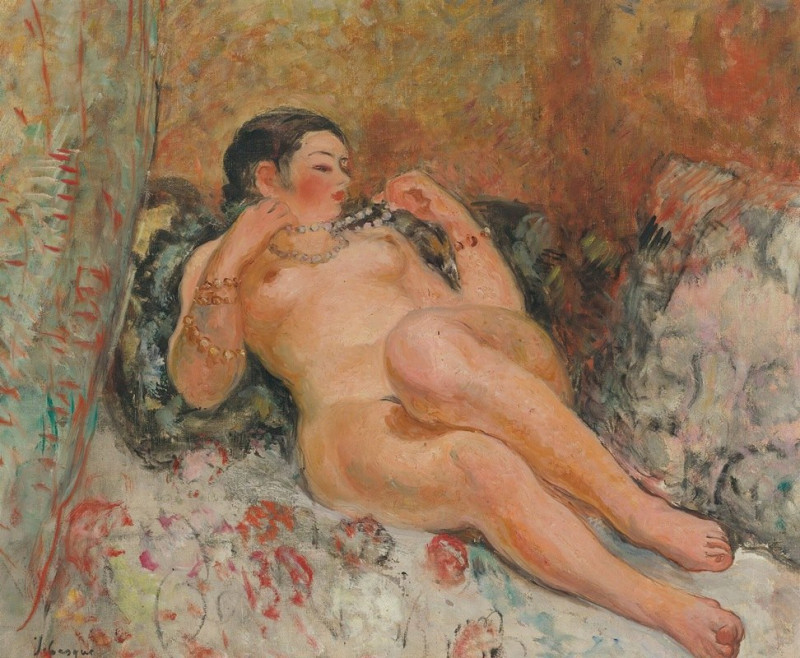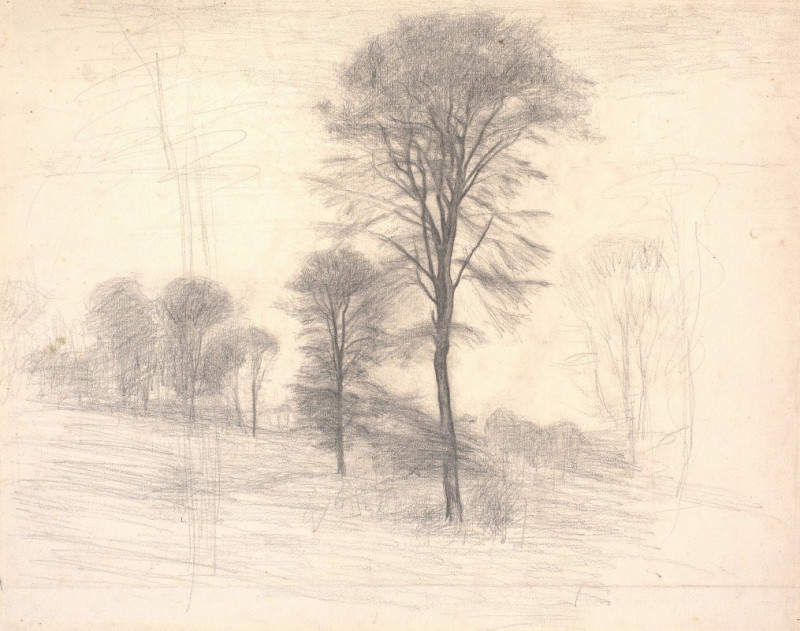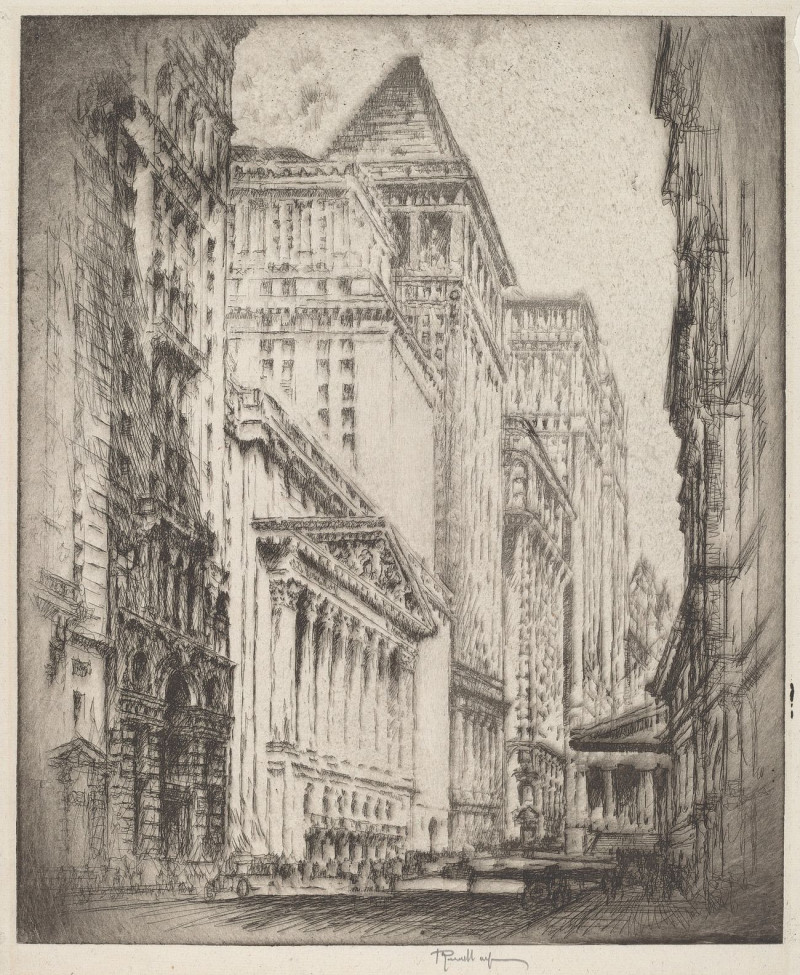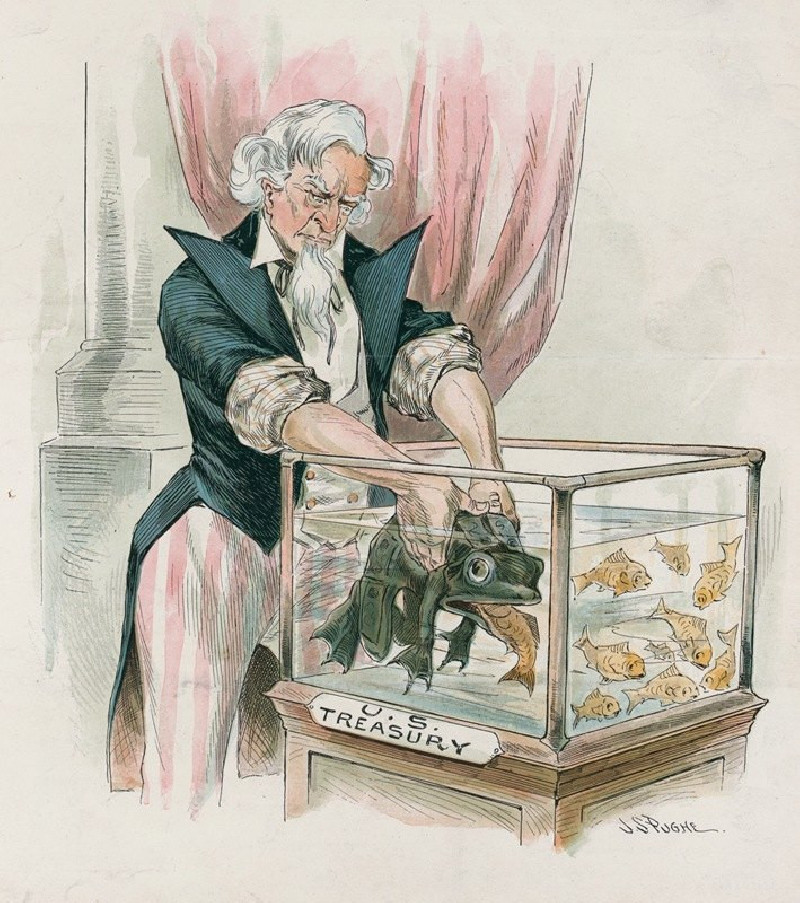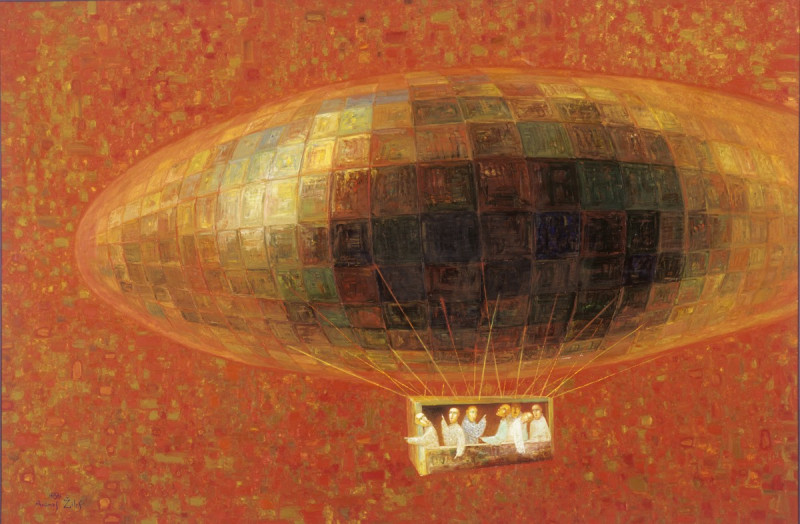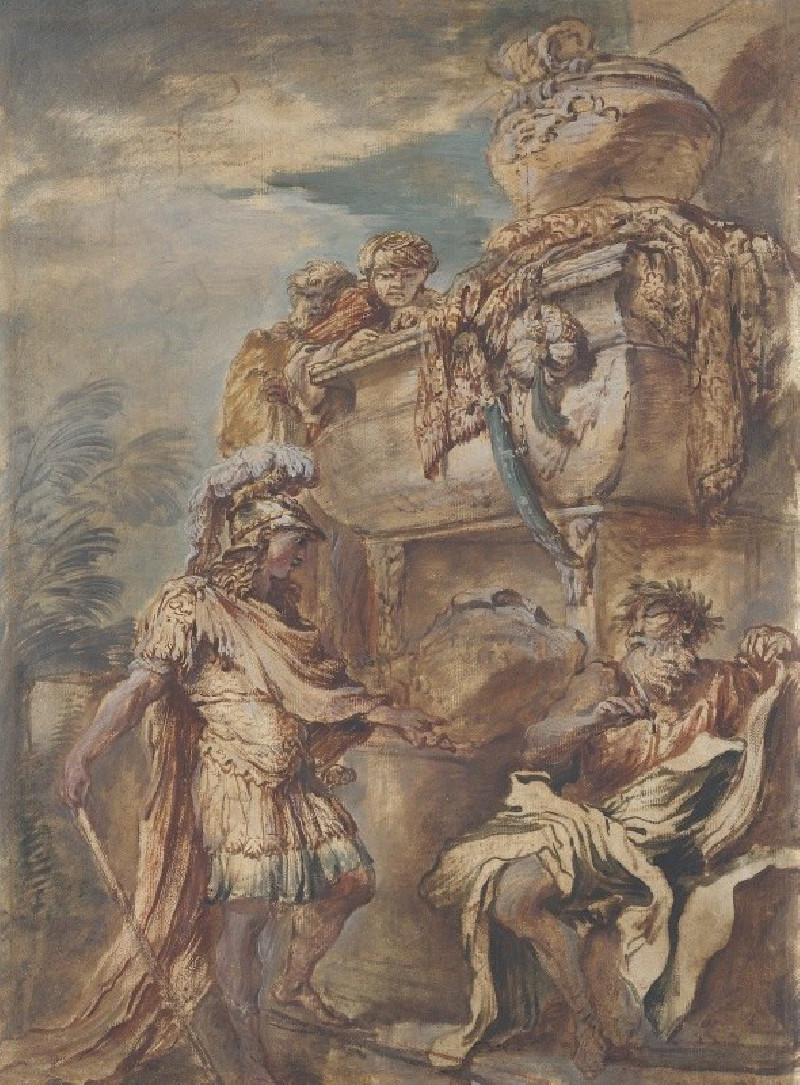Muguet 3 (1896)
Technique: Giclée quality print
Recommended by our customers
More about this artwork
Muguet 3 (1896) by Maurice Pillard Verneuil is an exquisite example of Art Nouveau design, showcasing the artist's profound skill and affection for nature-inspired motifs. This painting presents the delicate beauty of lily-of-the-valley flowers, known as 'muguet' in French, intertwined with ornate, flowing patterns that capture the essence of growth and renewal. The composition is carefully structured in three panels, each illustrating the plants in varying perspectives and styles.The top panel features a close-up view of the lily-of-the-valley, set against a dark, intricate background that highlights the pale, bell-shaped flowers. This framing enhances the subtle curves and natural elegance of the foliage. Moving to the central panel, Verneuil plays with an elongated depiction of the flowers, imposing them on a rhythmic arrangement of leaves that dance vividly against a contrasting backdrop. This middle segment immerses the viewer in a dense tapestry of flora, bustling with life and movement.In the smallest section at the bottom, the illustration adopts a more stylized approach. Here, the leaves and blooms meld into a harmonious pattern, with a muted color palette that complements the overall intricate design of the piece. Each section, while uniquely different, harmonizes beautifully throughout the artwork, echoing the Art Nouveau movement's fascination with lines, natural forms, and the symbiotic relationships in nature.Maurice Pillard Verneuil's Muguet 3 is a testament to the timeless allure of nature in art, inviting viewers to delve into a world where beauty is conveyed through each delicately drawn line and hue.
Delivery
Returns
Maurice Pillard Verneuil was a French artist and decorator in the Art nouveau movement. He was born in Saint-Quentin, France. Maurice Pillard Verneuil learned his trade from the Swiss designer Eugène Grasset. Maurice Pillard Verneuil then went on to become a well-known artist and designer. He was inspired by Japanese art and nature, particularly the sea. He is known for his contribution to the art deco movement and, in particular, his use of bold, floral designs in ceramic tiles, wallpapers and other furnishing textiles.

